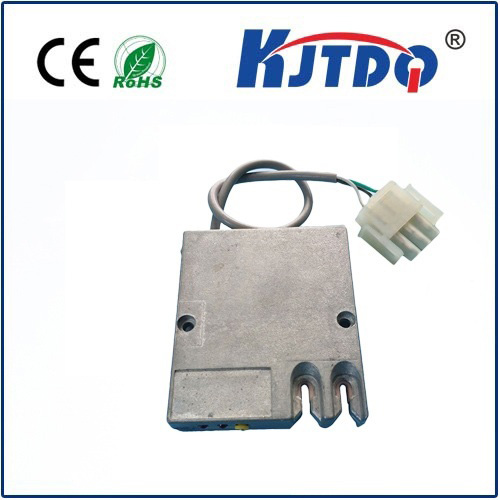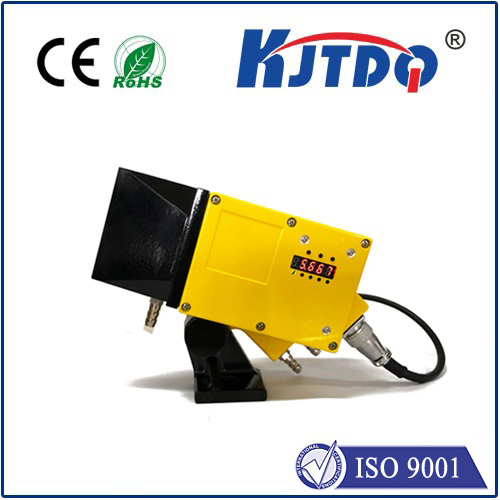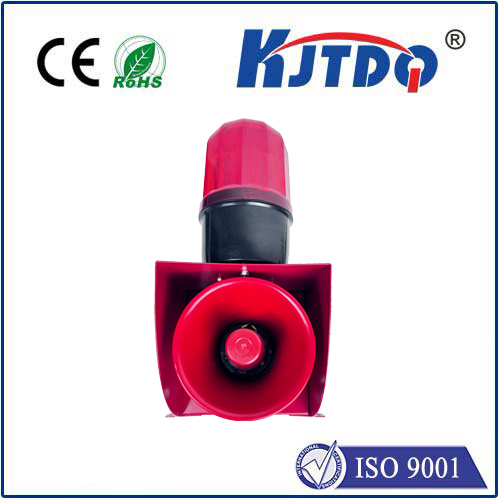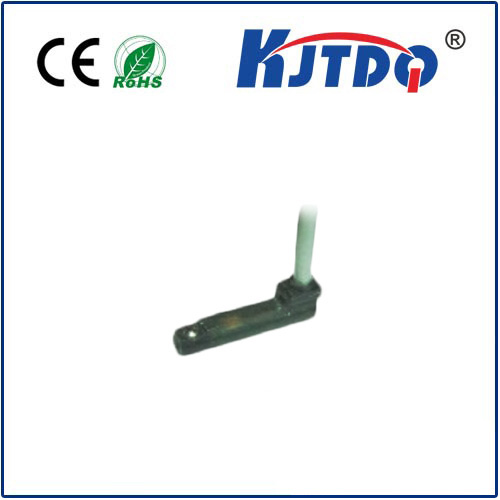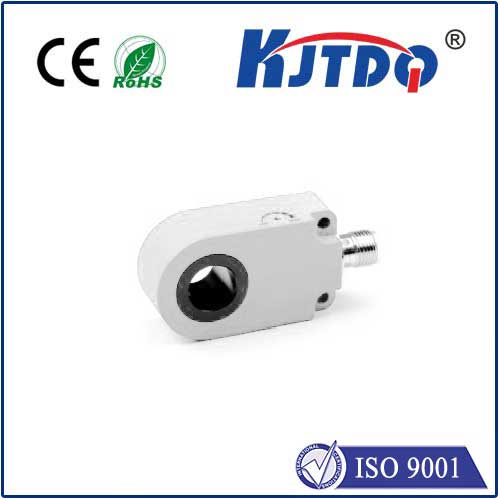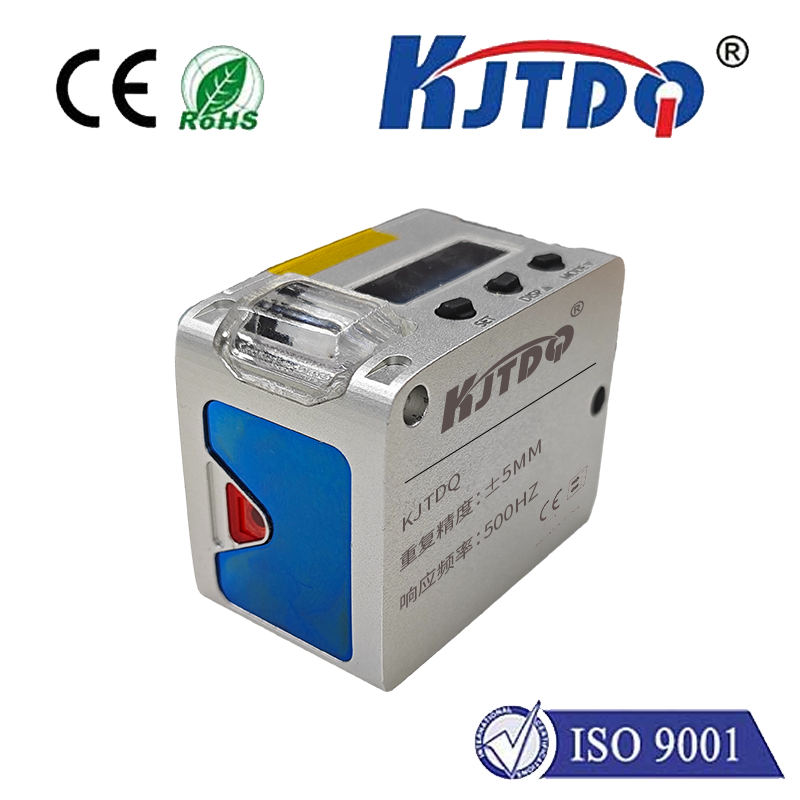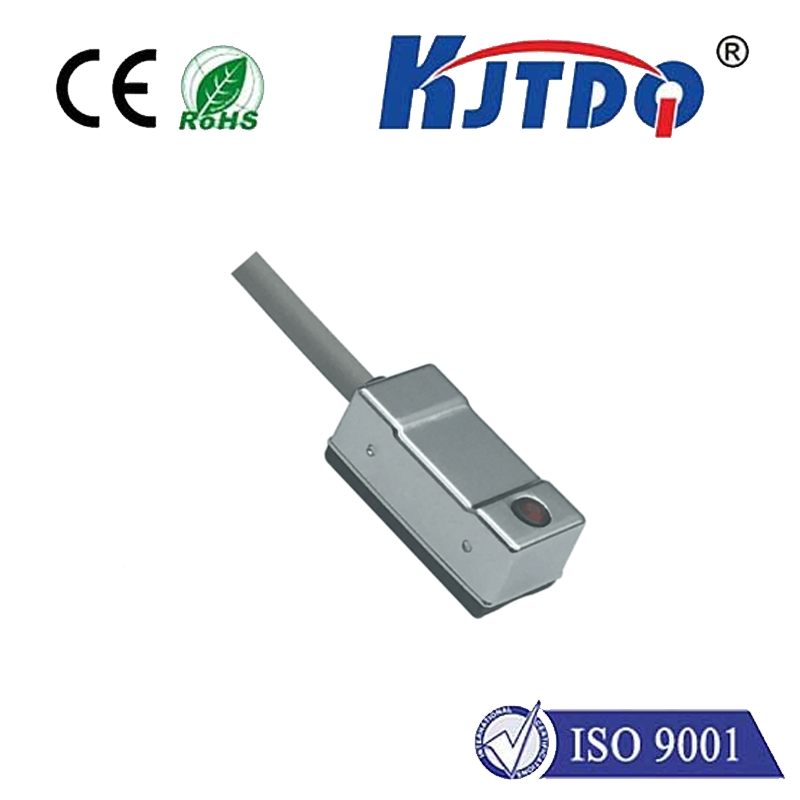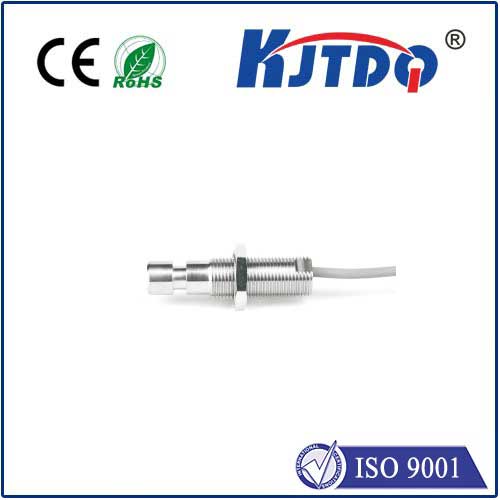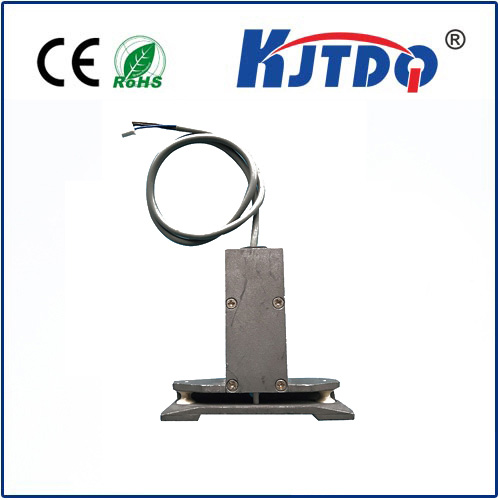
check

check

check

check
SPS-2D-2-NP-NPT: Revolutionizing the Future of Precision Manufacturing In today’s rapidly evolving technological landscape, precision manufacturing has become a cornerstone in various industries, including aerospace, automotive, and electronics. The emergence of advanced systems like SPS-2D-2-NP-NPT is set to revolutionize this sector by enhancing both accuracy and efficiency.
SPS-2D-2-NP-NPT stands for a sophisticated, multifaceted system designed for precision manufacturing applications. It integrates cutting-edge technology with innovative design principles to offer unmatched performance. Unlike traditional systems, SPS-2D-2-NP-NPT employs state-of-the-art sensors, advanced algorithms, and high-precision actuators, ensuring that it meets the stringent demands of modern manufacturing processes.
Advanced Sensor Technology: At the heart of SPS-2D-2-NP-NPT lies its advanced sensor suite. These sensors provide real-time data on environmental conditions, material properties, and operational parameters, allowing for dynamic adjustments and optimal performance.
High-Precision Actuators: The system’s actuators are engineered to deliver precise movements and force application, crucial for tasks requiring micron-level accuracy. This ensures that every component produced is consistent and defect-free.

Integrated Smart Control Systems: Utilizing machine learning and artificial intelligence, the integrated control systems can predict maintenance needs, optimize operational parameters, and adapt to new manufacturing requirements seamlessly.
Enhanced Efficiency: By minimizing downtime and reducing material waste, SPS-2D-2-NP-NPT significantly boosts productivity. Its energy-efficient design also contributes to cost savings and sustainability efforts.
Versatility: Whether it’s complex aerospace components or intricate microchips, the system’s versatility makes it suitable for a wide range of manufacturing applications. Its adaptability ensures that manufacturers can quickly switch between different production tasks without compromising quality.
Aerospace: In aircraft manufacturing, where precision is paramount, SPS-2D-2-NP-NPT can be employed to fabricate critical components such as turbine blades and structural parts with exacting specifications.
Automotive: For the automotive industry, the system enhances the manufacturing of engine parts, transmission components, and other critical elements, improving overall vehicle performance and safety.
Electronics: In semiconductor manufacturing, the system’s high precision ensures the production of microscopic circuit patterns, essential for modern electronic devices.
As industries continue to push the boundaries of innovation, the role of systems like SPS-2D-2-NP-NPT becomes increasingly vital. Their ability to combine advanced technologies with practical applications promises to redefine what is possible in precision manufacturing. In conclusion, SPS-2D-2-NP-NPT represents a significant leap forward in precision manufacturing, offering a blend of innovation, efficiency, and versatility. As we look toward the future, such systems will undoubtedly play a crucial role in shaping the next generation of industrial standards and practices.
